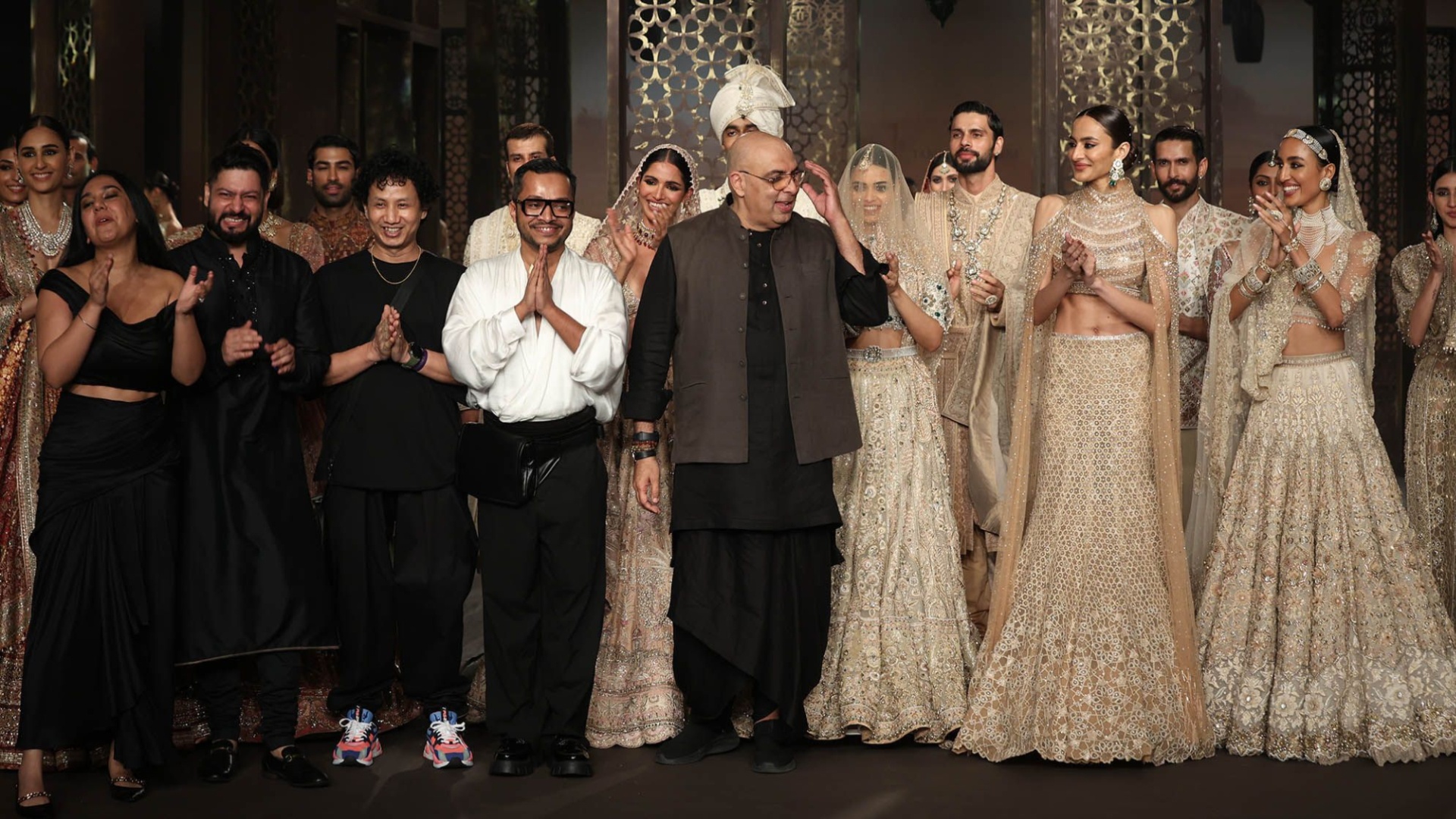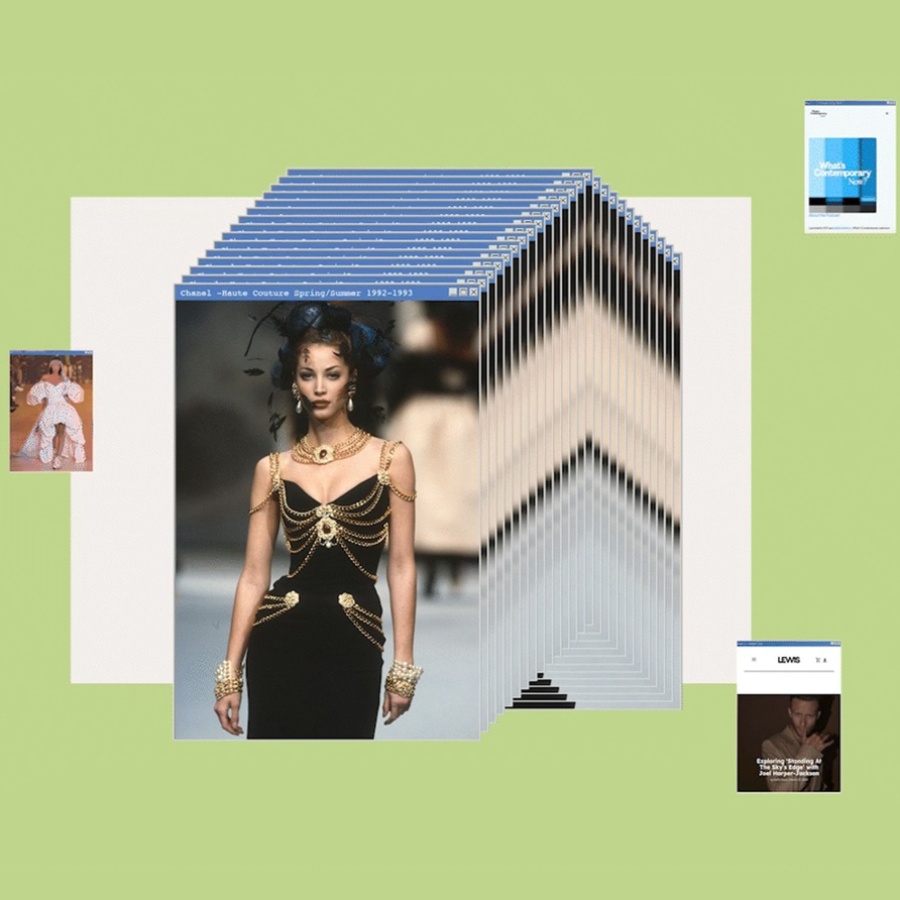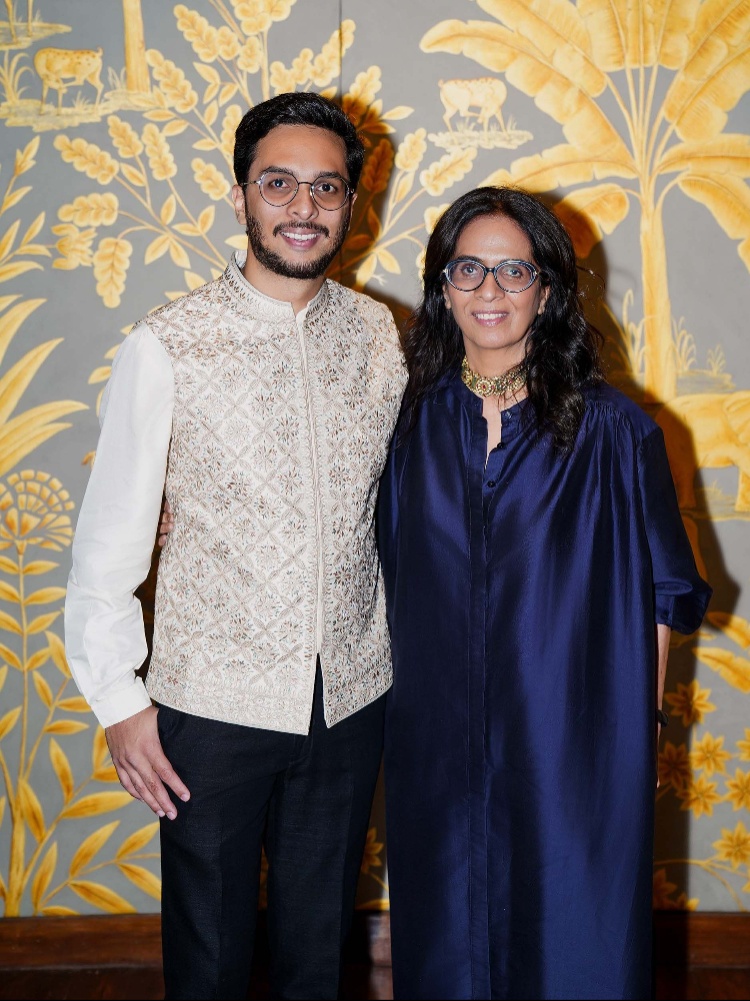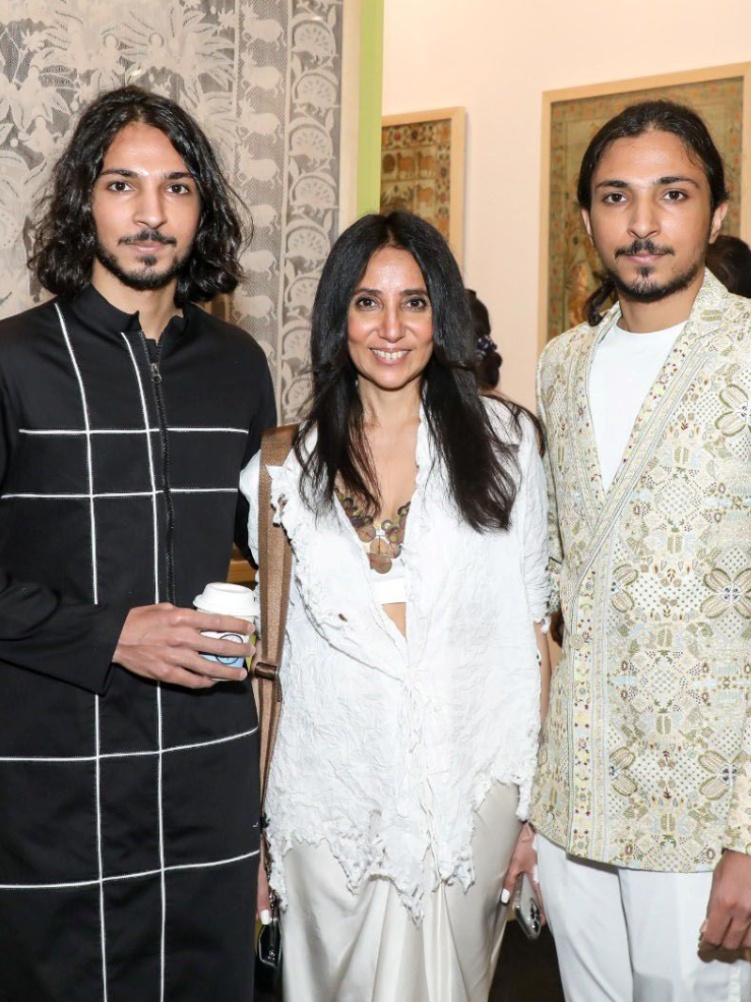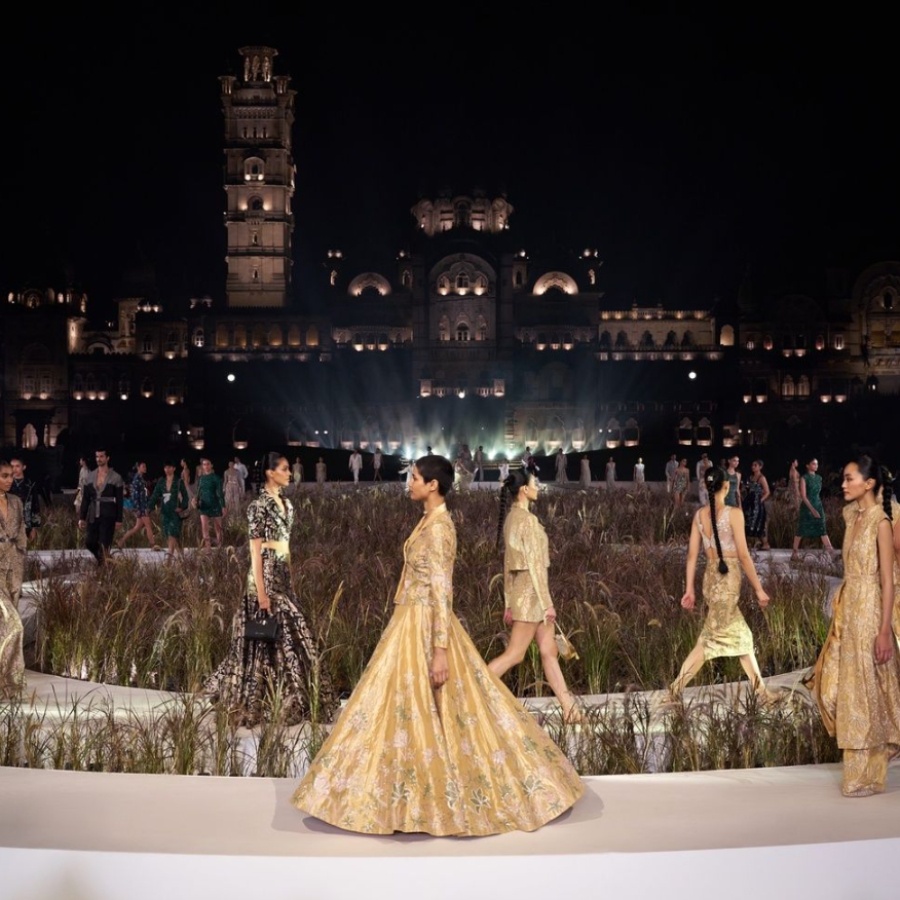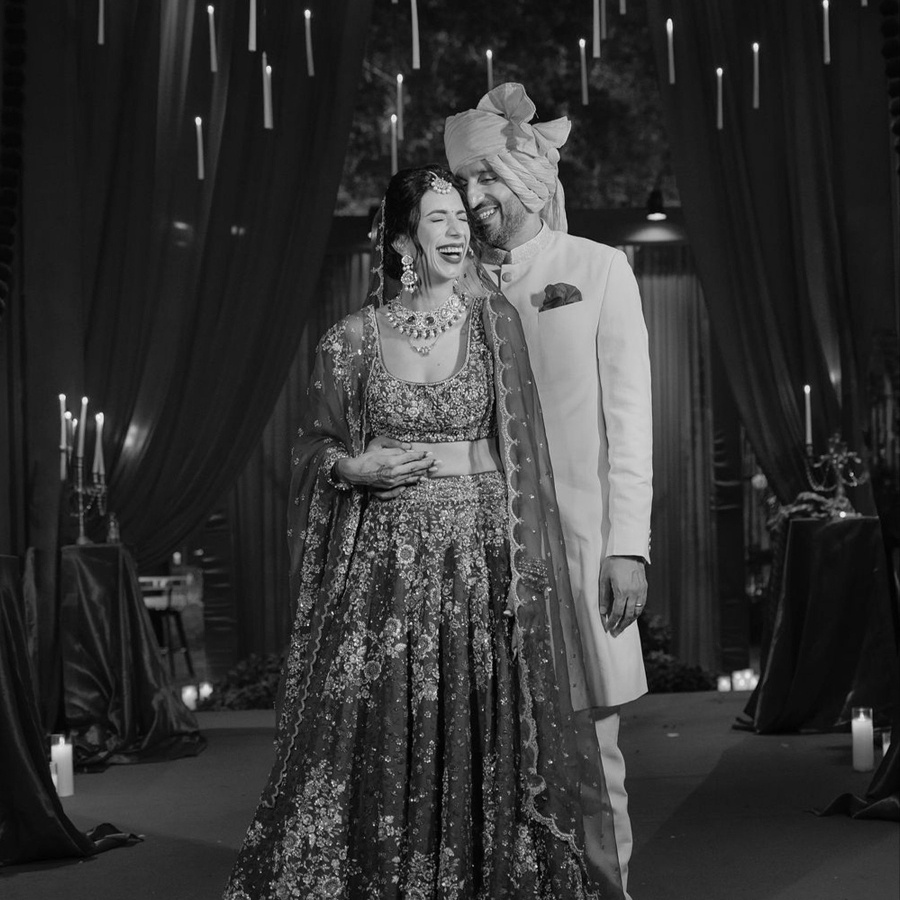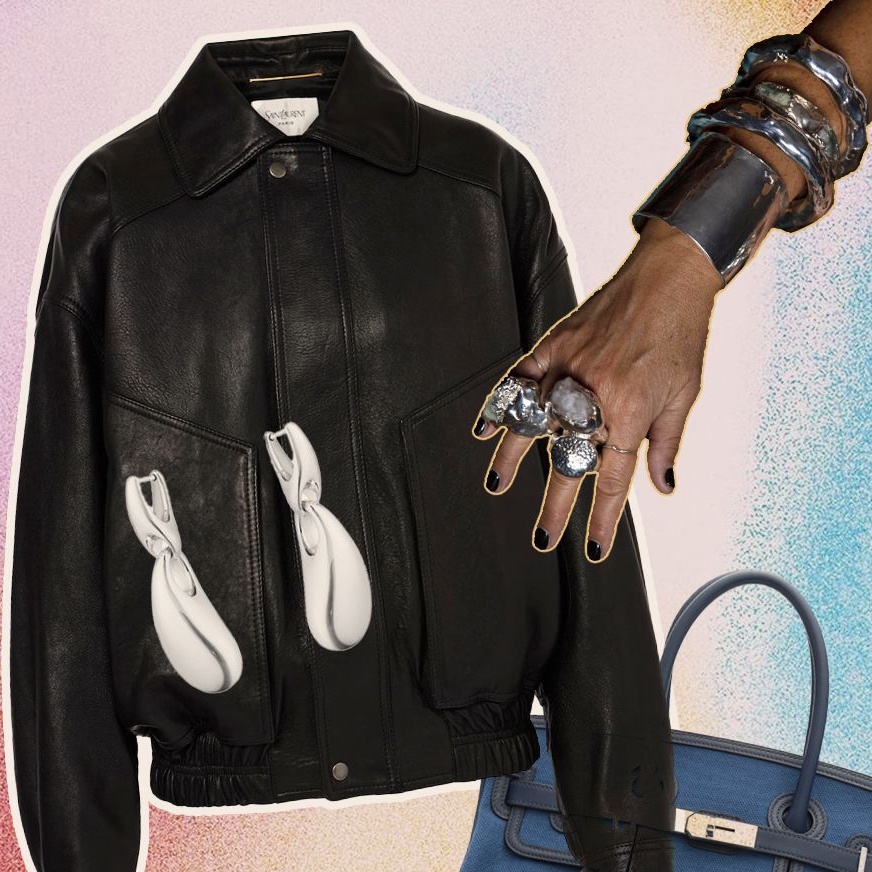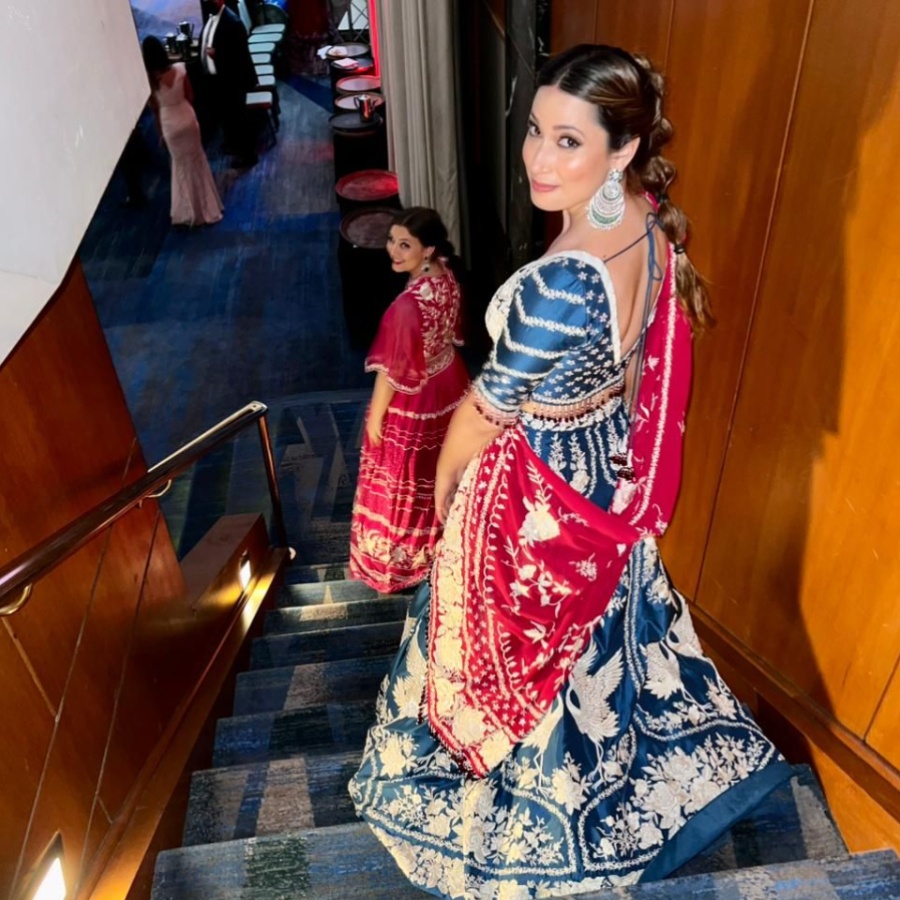Last year, Tom Ford exited his eponymous Estée Lauder-owned label. In March, Dries Van Noten announced he would step down from his fashion house. And the whisper on the street is that Michael Kors might be searching for his successor. These men were not just founders of fashion labels; they shaped the way the people dress today. In India, too, designers of a certain vintage are thinking about the security of their legacies in a multitude of ways. Icons like Abu Jani and Sandeep Khosla, Sabyasachi Mukherjee, Ritu Kumar, and Anamika Khanna are all considered the architects of Indian fashion. Many of them are now in their 50s or older. So, what does the future hold for Indian fashion? Will we see our versions of behemoths like Kering and LVMH controlling the fate of labels? Will brands that are currently at the forefront of Indian fashion be forgotten in years to come?
The last few years have seen a slew of houses benefit from corporate investment. Since 2022, Reliance Brands Ltd (RBL) has acquired a majority stake in labels including Abu Jani and Sandeep Khosla, Manish Malhotra, Rahul Mishra, and Abraham & Thakore. Around the same time, Aditya Birla Fashion & Retail Limited (ABFRL) acquired a 33.5 per cent stake in Tarun Tahiliani’s label for ₹67 crore, with an option to increase the stake to 51 per cent in the next few years. The announcement came a month after ABFRL bought a majority stake in Sabyasachi Mukerjee’s fashion house. Tahiliani was the first designer to represent the country at Milan Fashion Week, in 2002. He also co-founded one of the country’s early multi-designer stores, Ensemble, back in 1987. Considered the most business-savvy designer of his generation, the Wharton graduate recalls, “We were selling in 70 stores across the world at one time, but we did not have a plan and we just could not keep up with production.” For designers like Tahiliani, it was about building an industry. Legacy creation would come later.
The last few years have seen a slew of houses benefit from corporate investment. Since 2022, Reliance Brands Ltd (RBL) has acquired a majority stake in labels including Abu Jani and Sandeep Khosla, Manish Malhotra, Rahul Mishra, and Abraham & Thakore.
Now, as Indian fashion becomes a multi-crore business, the rules have changed. “I hope to be helming this label for another 20 years,” says Tahiliani. The man who coined the term ‘India Modern’ is famous for his concept saris, corset blouses, and body contouring zip-up saris. He has also worked closely with many craft forms, including chikankari, bandhani and Banaras handloom. Today, he believes those who work in his company will create a lasting part of the label’s legacy. “There is a difference today; there are fashion schools in India (NIFT opened its first campus in 1986), export houses you can apprentice with, there is the opportunity to work abroad.”
Tahiliani offers ESOP plans to certain employees; he wants them to build a career in his company that will last them a lifetime. The father of two says that for now, he does not know who will succeed him, perhaps one of his sons will grow into the role. “Right now I have the majority stake in the company. A time might come when I will not,” he says. However, he knows the codes of the house will go on; he has ensured that the craft clusters he works with are a part of his organisation and that his archives are in place. It’s a process he began a few years ago with the help of Pramod Kumar KG of Eka Archiving Services. More than 6,000 items are in the archive of his expansive Gurugram atelier, with everything backed up digitally and filed for posterity. Last year he also released a book chronicling his contributions to the industry, Tarun Tahiliani: Journey to India Modern.
